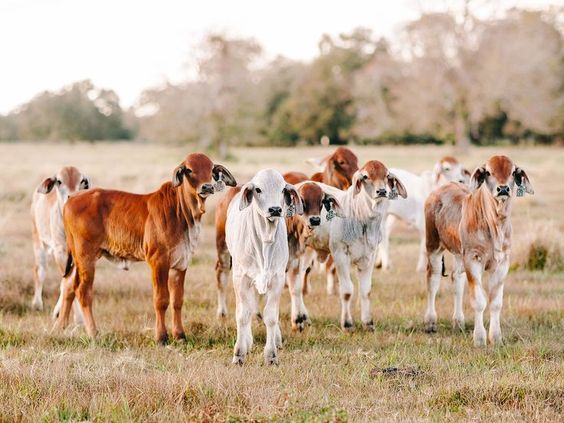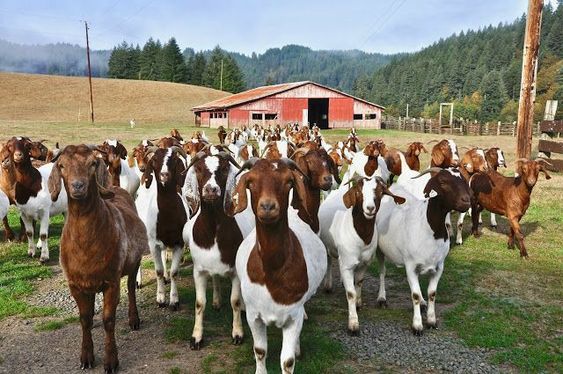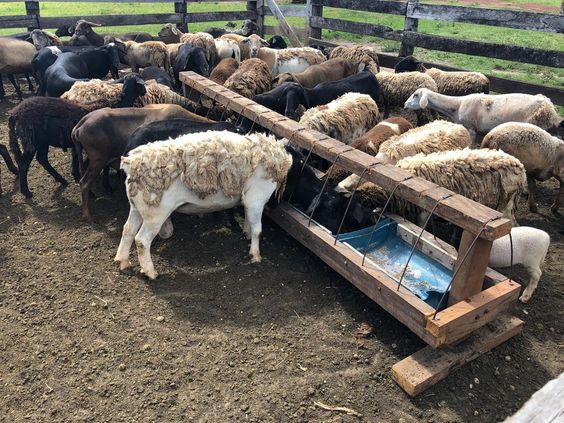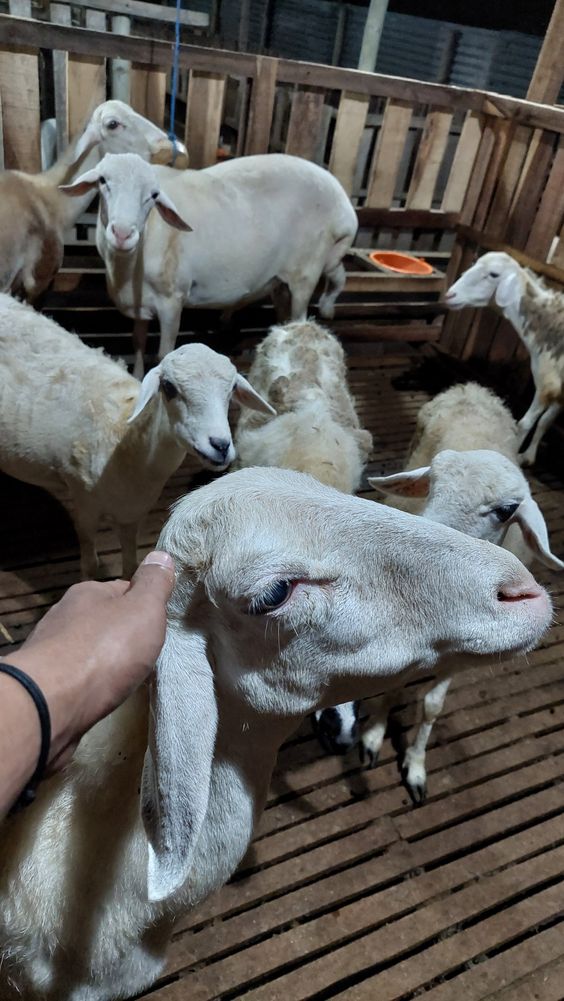Local Cattle Farming: A Tradition Steeped in Sustainability
Local cattle farming, also known as heritage cattle farming, is an agricultural practice that focuses on raising breeds of cattle that are well-adapted to the specific region’s climate, geography, and resources. Unlike large-scale, commercial cattle operations that often favor high-yielding, non-native breeds, local cattle farming prioritizes sustainability, environmental responsibility, and the preservation of traditional agricultural practices.
Here’s a deep dive into the world of local cattle farming, exploring its benefits, challenges, and the key aspects that set it apart from conventional methods.
Benefits of Local Cattle Farming
- Environmental Sustainability: Local cattle breeds are naturally adapted to the local climate and vegetation, minimizing the need for excessive feed supplements, fertilizers, or growth hormones. This reduces the farm’s environmental footprint and promotes a more natural grazing system.
- Animal Welfare: Local breeds are often more resilient to diseases and parasites common in the region, requiring fewer antibiotics and medications. Additionally, local farming practices often involve allowing cattle to graze freely, which promotes natural behaviors and improves animal welfare.
- Product Quality: Local cattle raised on natural pastures and fed locally-sourced feed produce meat with a richer flavor profile and better nutritional value compared to conventionally farmed cattle.
- Biodiversity: Local breeds contribute to biodiversity by maintaining genetic diversity within the cattle population. This genetic diversity plays a crucial role in the breed’s ability to adapt to changing environmental conditions.
- Supporting Local Economies: Local cattle farms tend to be smaller, family-owned operations that contribute directly to the local economy by creating jobs, supporting local businesses that provide feed and supplies, and offering locally produced beef to consumers.
Challenges of Local Cattle Farming
- Lower Yields: Local breeds typically mature slower and produce less meat compared to commercially bred cattle. This can be a disadvantage for farmers aiming for high production volume.
- Marketing: Local beef may require more targeted marketing strategies to reach consumers willing to pay a premium for the higher quality and ethical production methods. Building relationships with local restaurants and butchers can be an effective way to reach this market.
- Limited Availability: Breeds specific to a particular region may not be readily available, making it challenging for new farmers to start local cattle operations.
Key Aspects of Local Cattle Farming
-
Breeds: Local cattle breeds are chosen for their adaptability to the local environment. Some examples include:
- Angus: Known for their high-quality marbled beef, Angus cattle are well-suited to cooler climates with ample grazing land.
- Hereford: These hardy cattle are known for their ability to thrive on rough pastures and are well-adapted to drier climates.
- Brahman: This heat-tolerant breed is ideal for tropical regions and can withstand harsh conditions.
- Dexter: This smaller breed is known for its docile temperament and efficiency in converting grass into milk, making them a good choice for small farms.
-
Management Practices: Local cattle farming often utilizes rotational grazing techniques to optimize pasture health and prevent overgrazing. Farmers may also incorporate locally-sourced feed supplements to ensure cattle receive all the necessary nutrients.
-
Direct Marketing: Local cattle farmers often sell their products directly to consumers through farmers markets, community supported agriculture (CSA) programs, or partnerships with local restaurants and butchers. This allows them to capture a larger share of the profits and build relationships with their customers.
The Future of Local Cattle Farming
The growing consumer interest in sustainable and ethical food production is driving a resurgence in local cattle farming. Consumers are increasingly willing to pay a premium for high-quality, locally-sourced beef produced with responsible practices.
Local governments and agricultural organizations can further support local cattle farming by:
- Providing funding and resources: Grants, loans, and educational programs can assist farmers in establishing or expanding local cattle operations.
- Facilitating breed preservation programs: These programs help maintain the genetic diversity of local breeds and ensure their continued availability for future generations.
- Supporting marketing initiatives: Helping farmers connect with local consumers and build awareness about the benefits of local beef can expand the market for these products.
By promoting local cattle farming, we can create a more sustainable and ethical food system that benefits both farmers, consumers, and the environment.
In conclusion, local cattle farming offers a viable alternative to conventional methods. It prioritizes environmental consciousness, animal welfare, and the production of high-quality beef. With continued support for local farmers and consumer education, local cattle farming has the potential to play a significant role in shaping a sustainable future for the beef industry.






